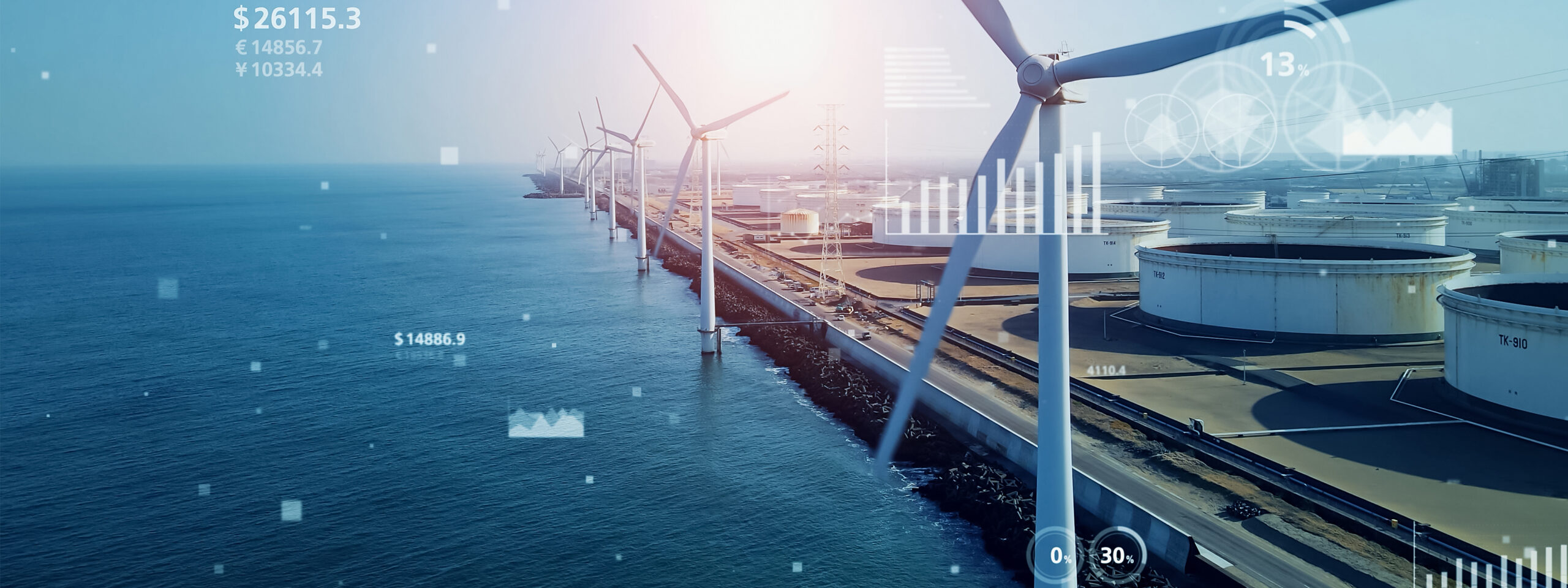
At its second Annual Meeting at the Munich Security Conference 2024, the ERLG calls on political leaders to make energy resilience part and parcel of the new political cycle at EU level.
Over the past 12 months, the ERLG has supported eight major cleantech projects that will reduce gas consumption in European industry, power, and buildings. However, one year after the ERLG’s launch, critical challenges to European energy resilience remain. Europe’s energy resilience will only be achieved when it is no longer dependent on one or a small set of fuels, technologies, or countries for its energy needs. At the same time, Europe has to increase energy interconnections within the EU, other key countries, such as Norway and the United Kingdom, as well as accession countries like Ukraine and Moldova.
The ERLG, therefore, calls on European heads of state and government to work with the European Commission to develop a comprehensive and anticipatory European Energy Resilience Strategy. Is it imperative that this be part and parcel of a new political cycle at EU level that will commence later this year. Based on our experience, such a strategy should be based on the following five pillars:
- Build a Business Case for the Green Deal and Leverage the Single Market
- Secure Europe’s Energy Infrastructure
- Make Europe’s Power Grid More Interconnected and Fit for Purpose
- Design and Prioritize New Market Instruments
- Empower the EIB to De-risk and Fund (Emerging) Clean Technologies
The ERLG will use the 60th anniversary of the Munich Security Conference on 16-18 February 2024, to convey the following messages to key decision-makers.
1. Build a Business Case for the Green Deal and Leverage the Single Market
Over the last decade, the EU has invested billions of euros and developed most of the emerging clean technologies needed to achieve energy resilience and industrial leadership. However, these technologies still struggle to scale and industrialize in Europe, especially when developed by start-ups. Moreover, the fragmentation of the European single market, including financial markets, remains one of the most significant barriers to deploying these technologies at scale. The EU must, therefore, urgently re-prioritize and leverage the single market and complete the Capital Markets Union. Only then can we build a business case for the Green Deal in Europe and ensure our companies can compete in third-country markets.
2. Secure Europe’s Energy Infrastructure
Businesses, governments, and organizations such as NATO and the EU should plan for deterrence, detection, attribution, protection, response, and recovery. That is the only way to protect critical infrastructure across borders and with clear lines of responsibility. Preparing for incident response and recovery is key to developing energy resilience – and building investor confidence. Sharing classified security assessments of threats and technologies between governments enables organizations to improve their own defenses and promotes mutual understanding. From a technological perspective, security must be built into the design of new infrastructure. Wind farms, power plants, grids, pipelines are just a few examples. Here, much can be learned from the Ukrainian experience, where the country has demonstrated impressive success in shielding its energy system and infrastructure from persistent and deliberate Russian attacks.
3. Make Europe’s Power Grid More Interconnected and Fit for Purpose
Building out the electricity network, both transmission and distribution, will be essential for an effective and resilient energy transition in Europe. As countries strive to move away from fossil fuels, the demand for electricity will continue to increase significantly, especially in transport, heating, and industry. Moreover, the EU’s ambitious targets for renewable energy integration into the power grid will require a more robust and flexible network. Currently, however, capacity bottlenecks are a significant barrier to increased electrification because existing infrastructure cannot cope with the amount of renewable energy that is being brought online. This poses a significant risk to European energy resilience by delaying the energy transition. To overcome this challenge, regulators should focus on two measures to improve and expand Europe’s power grids. First, improve long-term visibility on infrastructure planning and underpin it with binding political commitments that encourage financial commitments to ramp up supply chains. Second, significantly simplify procurement of electricity grids to industrialize manufacturing and speed up project cycles. This will enable continued investment by industry and, therefore, future regional supply of grid technologies.
4. Design and Prioritize New Market Instruments
Public guarantees are a prerequisite to rapidly scale emerging clean technologies and bring them to market. The European Investment Bank’s (EIB) €5 billion facility for the wind sector is a great model to build on and should be extended to other clean and strategic technologies, such as grid interconnectors and those that require high-capital investment. Such public guarantees will be critical to level the playing field for new entrants with emerging clean technologies. These include battery gigafactories, electrolyser production sites and long-term energy storage solutions and others where the EU has a technological advantage but risks losing the scale-up race.
5. Empower the EIB to De-risk and Fund (Emerging) Clean Technologies
A global technology race is being fought for emerging clean technologies. For European companies to compete with state-sponsored companies in third-country markets, the EIB needs a bolder mandate. It should be empowered to take greater risk and channel more funds towards emerging clean technologies and into de-risking investments that ramp up supply chains. Moreover, despite significant interest from insurance companies, pension funds, and banks, the financial market has faced challenges in offering substantial investment opportunities for the expansion and development of European cleantech ventures. To attract greater institutional capital towards cleantech venture funds, Member States should establish an initiative akin to the European Tech Champions Initiative, specifically focused on cleantech. Additionally, the EIB should partner with institutional investors on a de-risking vehicle to help align different risk-return requirements and attract more institutional capital to infrastructure funds and financing mechanisms for cleantech manufacturing.